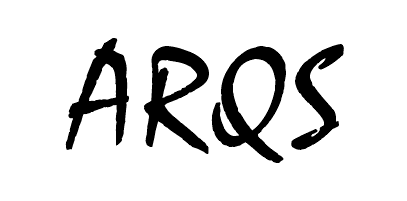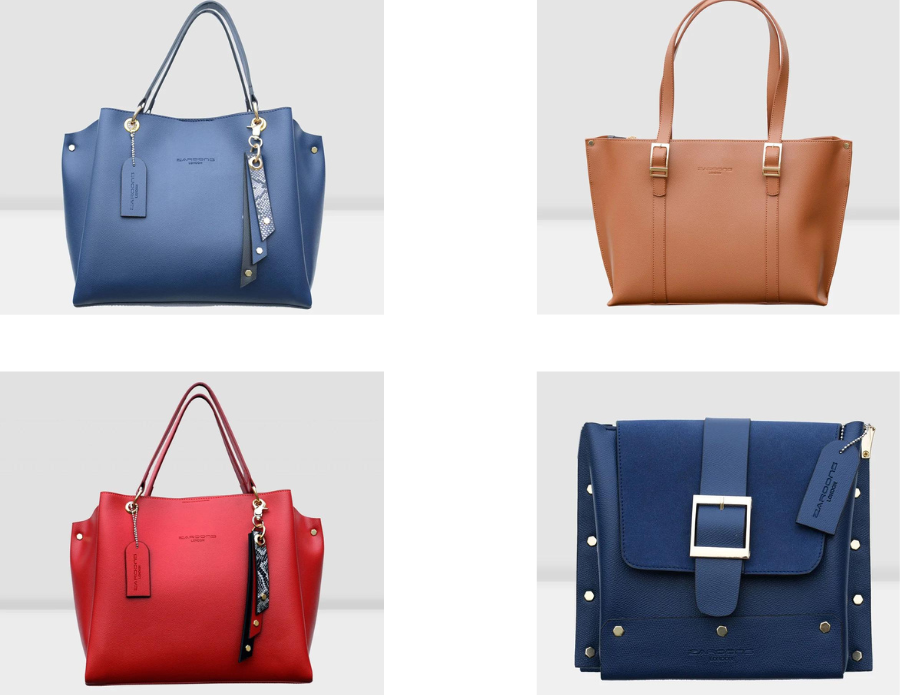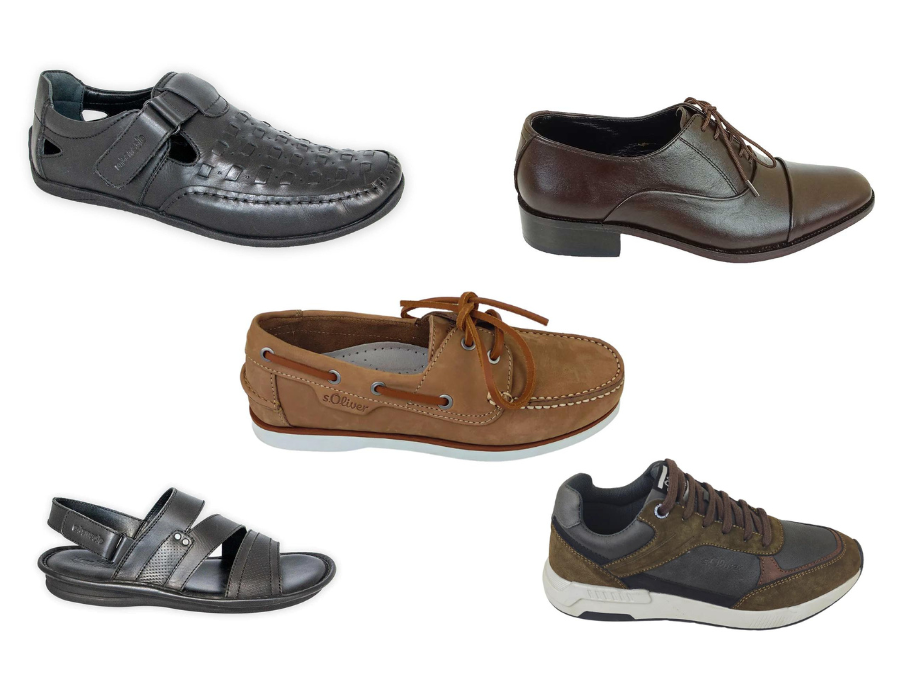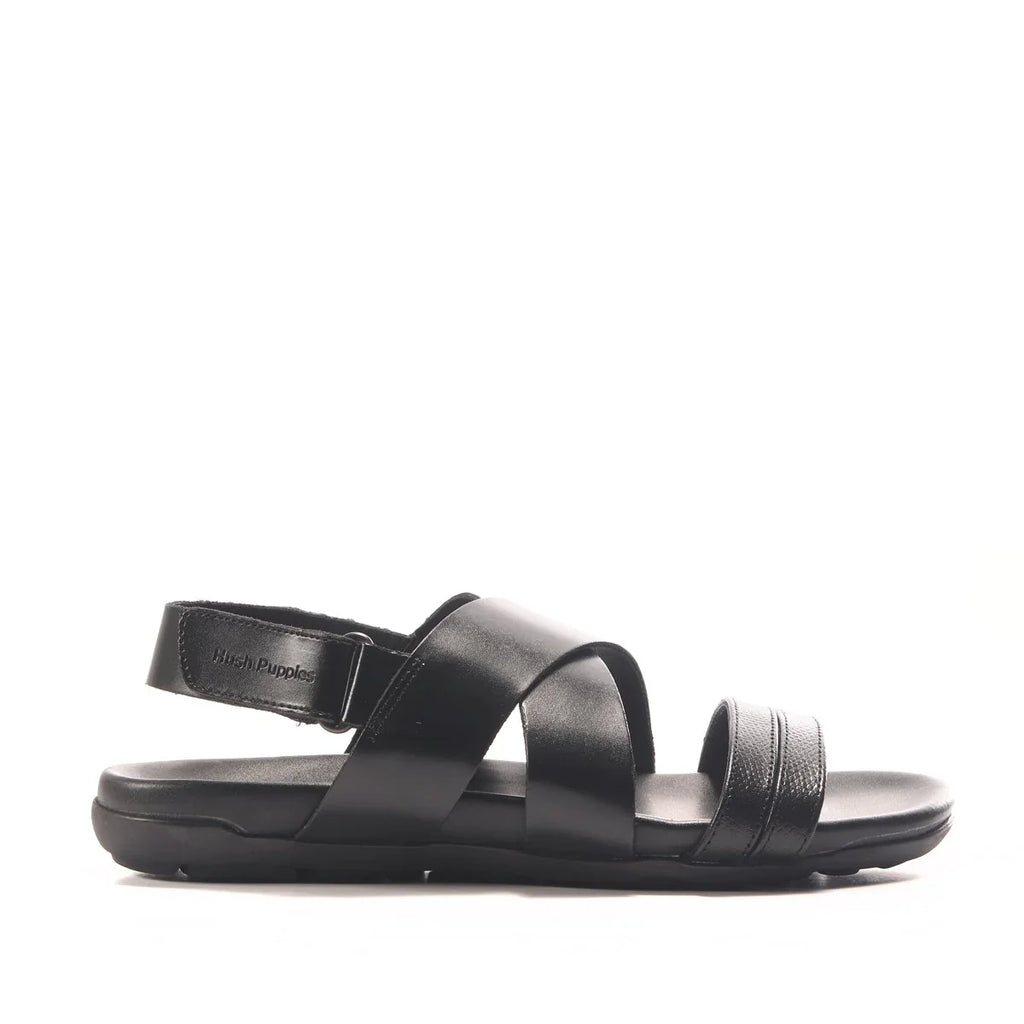
From Crawling To The First Step

Seeing one’s baby try to stand up on their feed is a big moment that needs to be savoured and celebrated! Now that he or she is standing up, your little one is going to want to learn how to walk as quickly as possible. This is normal! Walking is exciting and a source of pride for babies. But walking is also a big deal. It can cause fear and anxiety in babies. It’s important not to rush these moments. Your child needs to learn to walk at her own pace. It’s a wonderful thing to see your baby experience these milestones, but as with all new developmental stages, they come with some risks.
Your baby's first steps are a huge milestone in her development, but they're also a big deal for you. After all, she's moving away from you. That's a good thing, though: The more your baby practices walking, the more confident she'll be when she finally heads out on her own for good. As your baby gets older and more mobile, your job as a parent (and caregiver) will be to ensure that she stays safe. For example, you'll want to:
- Make sure she can see where she's going. Keep stairs and other "fall zones" clear of tripping hazards.
- Keep stairs and other "fall zones" clear of tripping hazards. Keep all drawstrings away from her small, inquisitive fingers.
- Away from her small, inquisitive fingers. Keep toilet lids up and all medicines out of her reach.
Knowing what to expect and watching for the early milestones is important because some positive reinforcement (praising her efforts!) can help your baby learn to walk sooner.
When is Your Baby May Start Walking?
While doctors and child development experts haven’t found one magic age when babies and toddlers start walking, most babies take their first steps somewhere between 9 months and 3 years. Babies start to become more interested in the world around them at about 6 months, says Dr S. Mike Eades, a board-certified paediatrics nutritionist and an international speaker on health and wellness. This is a signal that they’re getting ready to walk, he says. At 9 months, your baby is ready to walk. But she may not have the physical capabilities to do so until she’s a bit older, says Dr Eades. Between 9 and 12 months, babies develop muscle tone and the external control of their limbs, which allows them to put those two things together to take their first steps, he says.
You may see your baby try to stand up, then fall, grip something with one hand to steady herself, and then flash a big smile. She may start walking while holding on to your hand or by holding on to a piece of furniture.
Why do Babies Walk At Different Ages?
There is no hard and fast rule about when your baby will start walking. But some things can affect when your child takes her first steps. Boys usually start to walk a little earlier than girls. A baby born prematurely will start walking a little later than her peers.
This finally brings us to the most important question on the subject.
What shoes should babies be wearing, and what to look for in baby shoes?
First, let us say that babies shouldn’t be wearing shoes at all. The only shoes that are appropriate for babies are socks. Babies should be moving around barefoot (or wrapped in warm blankets) as much as possible. Shoes can be a hazard to them, especially because they don’t have the strength to stand up on their feet and walk yet. They’re still learning how to control their bodies, and they are extremely wobbly when they try to take their first steps.
The most common danger of shoes is that they can twist the baby’s toes and ankles and cause permanent damage. Also, they pinch the feet, making them much weaker in the future. If the baby’s feet aren’t strong, they’re more likely to experience injuries. Also, if their feet are weak, then the toes are more likely to be deformed.
But if you live in a place or house where things are scattered around, or the ground is too hot or cold then the following guide may be followed!
The ideal shoes for a baby should be soft, flexible, lightweight, and preferably without a hard outer material that would be slippery and hard to clean. Leather is definitely out of the question (and please don’t use any kind of shoes for a baby that has a leather sole!).
As far as the shape of the shoe goes, you should look for shoes that are shaped like a loaf of bread, with a soft, flexible sole that is wide at the heel and tapers to a narrow toe area. Remember that many of the shoes marketed specifically for babies and toddlers are far, far too small. The size of their feet (the shoes are often sized in months, not years) needs to be compatible with the size of their feet.
You should also make sure that the sole is thick enough that your baby can be barefoot on a hard surface and not get hurt. You may have to avoid shoes with a flat, narrow sole, which can make it hard for a baby to balance and may also be hard on the back of a baby’s ankles if he/she shifts or moves a lot while wearing them.
Seeing one's baby walk is a cherished moment. Much cannot be written about how happy one feels to see their offspring take their first steps. We hope the first shoes of your baby will bring back the precious memory every time you look at them. We wish your baby a safe walk.






































